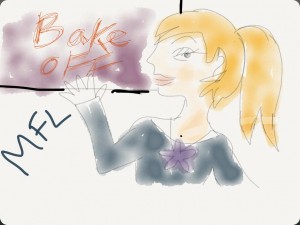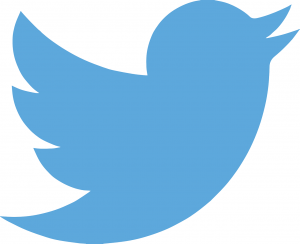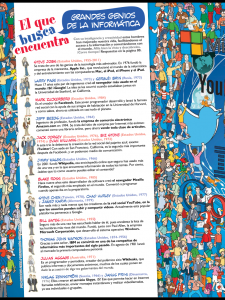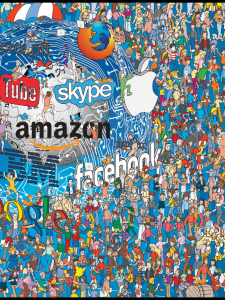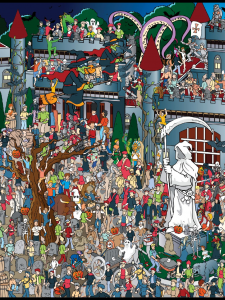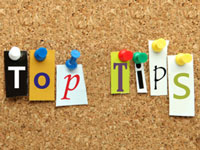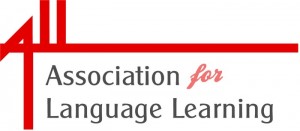 It’s now February so it’s time for the next instalment of the ICT Links into Languages Conference commonly known at #ILILC. Inexplicably pronounced like a symptom of chicken pox, it is the place to be for language teachers.
It’s now February so it’s time for the next instalment of the ICT Links into Languages Conference commonly known at #ILILC. Inexplicably pronounced like a symptom of chicken pox, it is the place to be for language teachers.
With two days of seminars and workshops plus a Saturday evening Show and Tell, there’s plenty for everyone irrespective of language or phase taught, experience or confidence. Joe Dale will open this year ‘Capturing the zeitgeist’ with what’s new in the world of technology in MFL and someone called Lisa Stevens is closing the conference ‘Cooking on gas’ (other fuels are available).
I am always very excited to attend ILILC as it’s the only conference I managed still to attend when I was in Switzerland, I have been to every single one (I think there should be some kind of commemorative badge for us?) and I can literally say ‘been there, got the Tshirt!’ I wonder what colour it will be this year… (orders to @elvisrunner asap!)
If you haven’t already booked, do have a look at the Links into languages SouthEast site to find out more. Too many I’d like to attend, including one whilst I’m presenting (about Twitter) which always happens! You can see the programme and abstracts by scrolling to the bottom of the page (the programme is at the bottom of this post too) and also links to posts from previous years!
I’d especially encourage you to attend if you aren’t going to Language World in Newcastle in March as it is too far away. Several of the sessions will be repeated there so you can get a preview 😉
See you there – for inspiration, discussion, running and cupcakes!

Saturday programme

Sunday programme
ICT Conference 2015 Draft programme with session descriptions
2014 #ililc4
Reflections on #ILILC4 – post event summary!
A beginner’s guide to iPads in the primary language classroom – my presentation, as it says!
Something old, something new – my take on the new KS2 Programmes of Study
2013 #ililc3
I want to break free – my presentation on breaking free from chalk and talk using technology
Let out for good behaviour – my presentation on virtually and actually going outside the classroom walls
Tools for educators and El polite pio – Show and Tell
2012 #ililc2
Barça, Barça, Barça! – my presentation about the Comenius Regio project between Birmingham and Barcelona, and the impact on my school
‘Appy learners – my presentation on iPad apps for the language classroom
Das Fliegerlied and The shoe’s on the other foot – Show and Tell
2011 #ililc
Reflections on ILILC
Tell me a story – my presentation on storytelling including sites
What can eTwinning do for you? – my presentation on international links
Peux-tu marcher comme un canard? – the song/website I shared at the Show and Tell

